Choose Ultralight Luggage for Maximum Carry-On Flexibility

In 2024, the global carry-on luggage market saw a 9% increase in sales as more travelers aimed to avoid checked bag fees and delays, according to a recent Statista report. Frequent flyers have shifted toward ultralight polycarbonate suitcases, which weigh as little as 4.7 pounds on average. Brands like Away and July have responded to this demand with models featuring built-in USB chargers and TSA-approved locks, features that became top-rated on consumer review sites in early 2025. Travel blogger Jessica Nabongo, who recently completed her 200th country visit, says, “Lightweight luggage is the difference between breezing through airports and wrestling with baggage scales.” Airlines such as Delta and United have tightened carry-on weight restrictions in 2025, making every ounce count more than ever. Ultralight luggage can also help reduce travel-related back injuries, a concern cited by the American Chiropractic Association in their February 2025 report. Selecting luggage that fits international sizing standards (55 x 35 x 23 cm) is especially vital, as European carriers have enforced stricter gate checks this year.
Master the Art of Rolling—Not Folding—Your Clothes

Recent research published in the Journal of Travel and Hospitality Management (January 2025) demonstrated that rolling clothes instead of folding can save up to 27% more space in standard carry-on suitcases. Frequent travelers swear by this technique, noting that it also reduces wrinkles, as corroborated by a 2024 Expedia packing survey with over 10,000 respondents. The method involves tightly rolling each garment into a cylinder, which not only creates more room but also makes it easier to spot and access specific items. Fashion stylist and travel influencer Monica Tan describes, “Rolling is my go-to—jeans, T-shirts, even dresses stay in better shape after long flights.” This hack is particularly useful for business travelers who need to keep attire professional without access to an iron. Airlines like JetBlue now offer online guides for optimal packing, and rolling consistently ranks as their #1 tip for maximizing capacity in economy-class bins.
Invest in Compression Packing Cubes for Space Efficiency
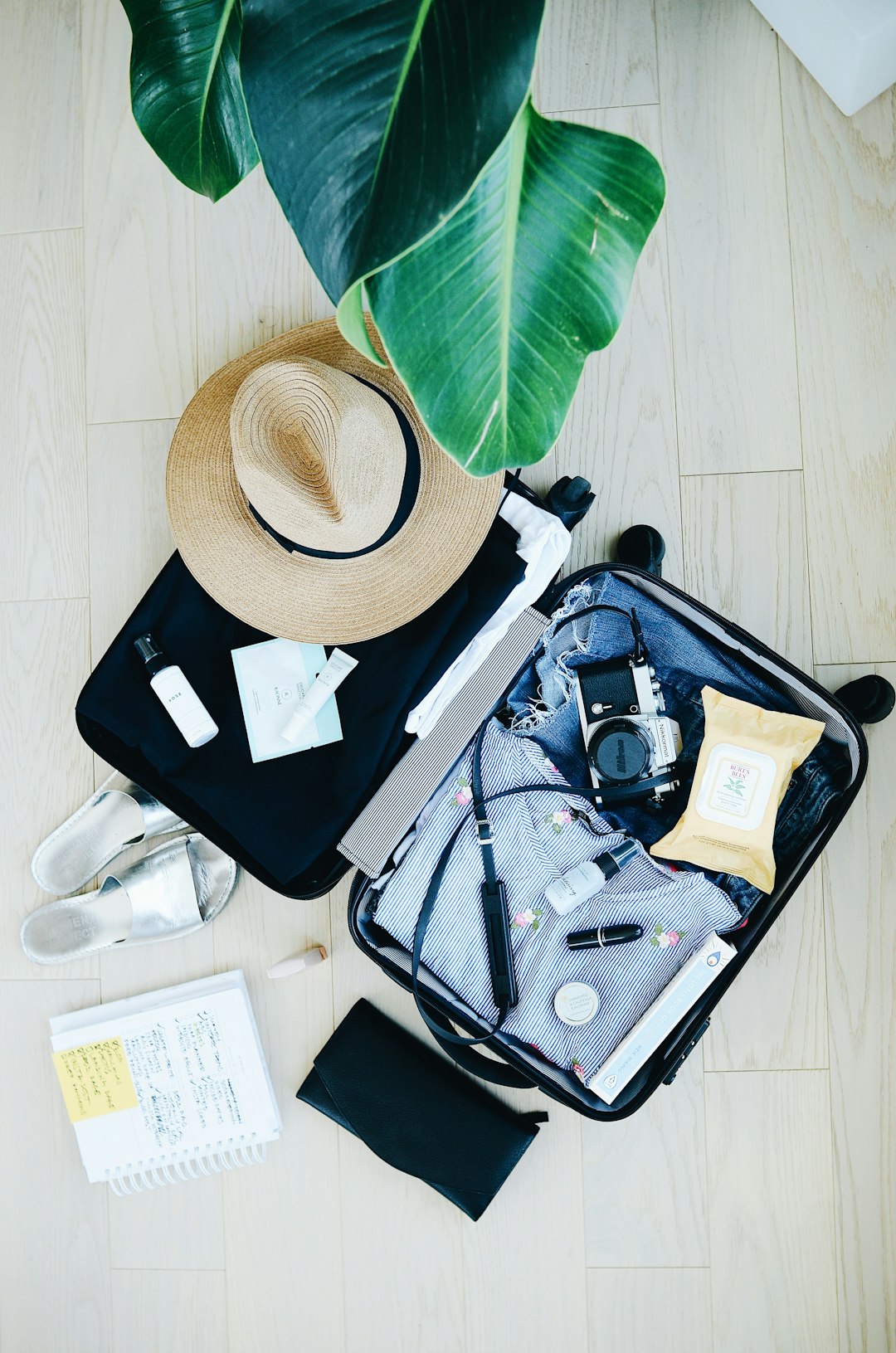
A study by the International Travel Goods Association in March 2025 found that sales of compression packing cubes grew by 40% year-over-year, driven by frequent flyers aiming to fit more into smaller bags. These innovative cubes use double zippers to compress clothing by up to 60%, according to product testing by Consumer Reports (December 2024). Packing cubes also help organize clothing by category, making security checks and hotel unpacking faster and less stressful. Pro traveler and author Rick Steves stated in a 2025 interview, “Compression cubes are a game-changer for backpackers and business travelers alike.” The cubes also help isolate dirty or damp items on return trips, a feature highlighted in recent product reviews by The Points Guy. Compression technology has advanced in 2024, with brands like Eagle Creek and Nomatic introducing eco-friendly materials and antimicrobial linings to combat odor and bacteria.
Pack Multi-Use Clothing to Reduce Bulk

A May 2025 survey by Skyscanner revealed that 78% of frequent travelers now prioritize packing versatile, multi-use clothing, such as reversible jackets and convertible pants, to reduce load and increase outfit options. Clothing brands like Uniqlo and Patagonia have introduced travel-specific lines with moisture-wicking, quick-dry, and wrinkle-resistant fabrics, responding to this trend. Frequent flyer and digital nomad Alex Jimenez noted, “One dress should work for a business meeting, a casual dinner, and a night out—otherwise, it stays home.” Industry analysis from the Global Fashion Agenda (2024) shows travelers who pack multi-use garments typically travel with 25% less luggage. This shift also supports sustainability, as fewer items mean less laundry and environmental impact. Airlines such as Lufthansa have updated their travel blogs in 2025 to recommend capsule wardrobes for both leisure and business trips.
Use Digital Packing Lists to Avoid Overpacking
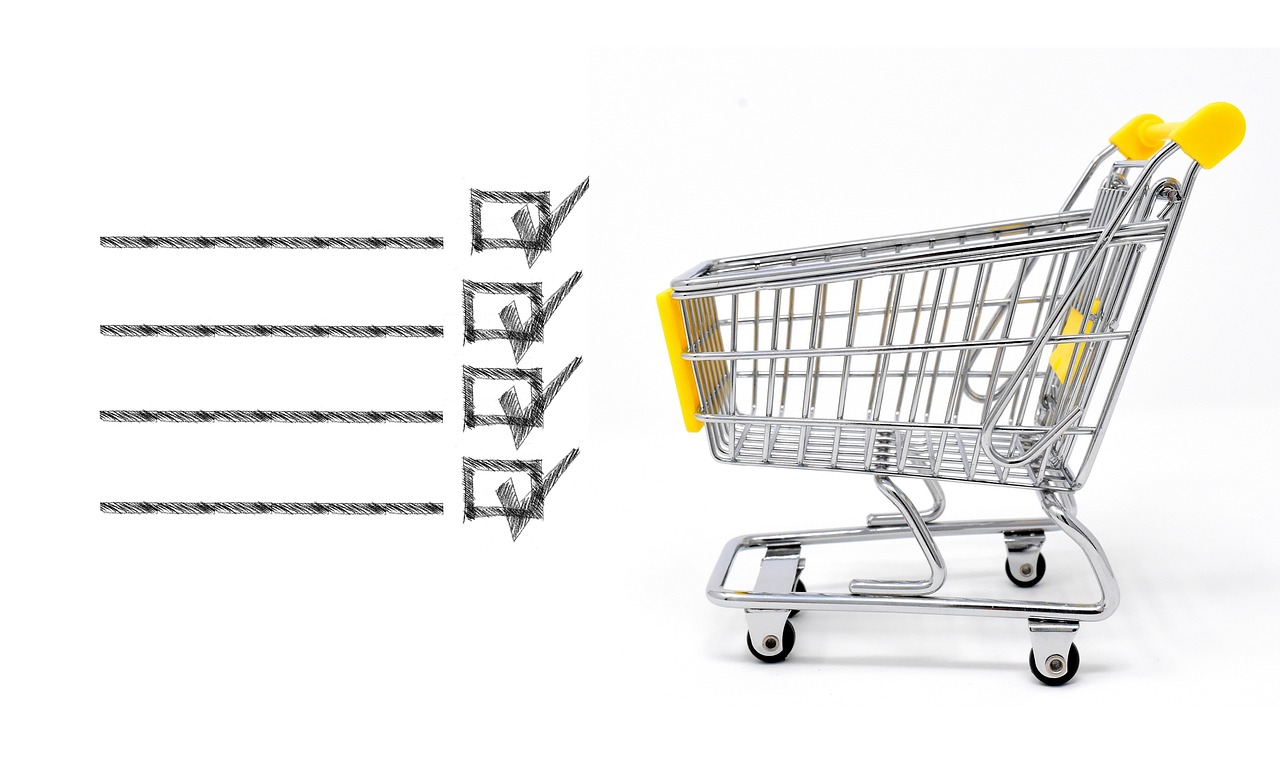
A 2024 report by Travel + Leisure magazine found that 55% of lost or forgotten travel items could have been prevented with a simple digital packing list. Apps like PackPoint, Travel List, and TripIt have seen downloads surge by over 30% in early 2025, according to App Annie analytics. These tools allow travelers to create customized lists, set reminders, and sync packing plans across devices. Frequent travelers say digital lists help prioritize essentials and prevent last-minute panic, especially for international trips where forgetting documents can have major consequences. Tech advisor Helena Rutledge wrote in her March 2025 column, “My packing list lives on my phone—if it’s not checked off, it’s not in the bag.” Airlines such as Emirates now provide downloadable packing templates linked to their mobile apps, underscoring the mainstream adoption of this strategy.
Always Carry a Portable Luggage Scale
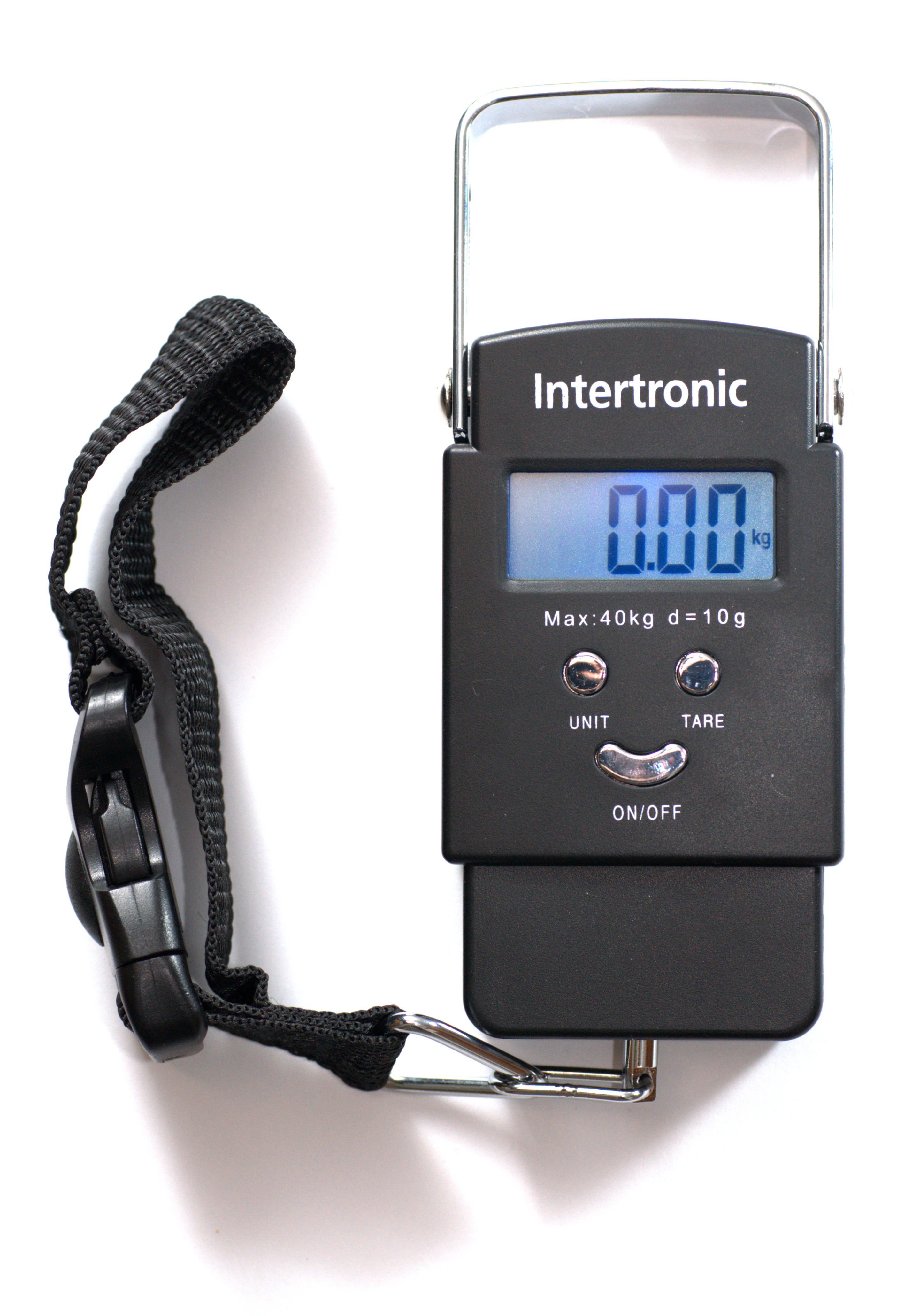
According to a January 2025 survey by Hopper, 41% of travelers were charged overweight baggage fees in the past year—a statistic that has doubled since 2022 as airlines crack down on excess weight. Portable digital luggage scales, which cost as little as $10 and weigh less than 5 ounces, have become best-sellers on Amazon in 2024 and 2025. Frequent flyers use them to avoid last-minute repacking and unexpected costs at the airport, especially on budget airlines like Ryanair and Spirit, which lowered weight limits this year. Travel consultant Brian Kelly, founder of The Points Guy, emphasized in a recent interview, “A $10 scale can save you $100 in baggage fees.” Newer models feature Bluetooth connectivity, syncing data with smartphones to track multiple bags for multi-stop trips. The U.S. Department of Transportation advises travelers to verify their bag weights before leaving for the airport, as some airlines have stopped providing complimentary scales at check-in.
Stash a Power Bank and Universal Adapter in Your Personal Item
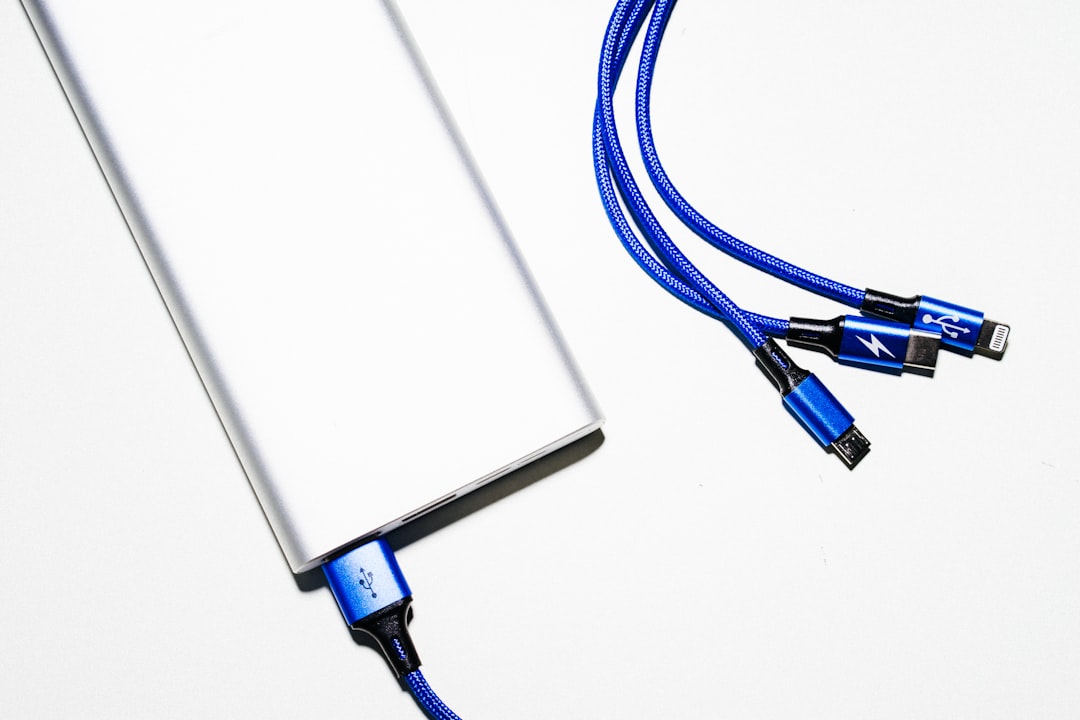
A March 2025 report by the International Air Transport Association (IATA) found that 64% of travelers have experienced device battery drain during transit, and 47% have faced incompatible power outlets overseas. As a result, sales of power banks and universal adapters spiked 30% in Q1 2025, according to NPD Group’s consumer electronics tracker. Most seasoned travelers now carry a compact 10,000mAh power bank and a universal adapter with surge protection, which are the most recommended models by tech review sites like Wirecutter and CNET in 2024 and 2025. Business traveler and entrepreneur Priya Shah says, “Missing a client call because of a dead phone is not an option—my adapter and charger are non-negotiable.” Some airlines, including Singapore Airlines, now offer USB ports at every seat, but not all airports or hotel rooms are equally equipped, making personal charging solutions essential.
Keep a Dedicated Toiletries Kit Ready to Go

The TSA reported in their February 2025 update that nearly 1 in 4 travelers still experience delays at security due to non-compliant liquids or oversized gel containers. Frequent travelers avoid this by maintaining a dedicated, pre-packed toiletries kit with travel-sized bottles (3.4 ounces or less) and clear, quart-sized bags. Retailers like Target and Sephora have expanded their travel-size offerings by 22% in 2024, catering to the demand for grab-and-go kits. Dermatologist Dr. Lisa Wong recommends, “Stick to mini versions of your daily essentials and refill them after every trip to save time and avoid TSA hassles.” Antibacterial wipes, solid shampoo bars, and toothpaste tablets have also grown in popularity, as highlighted in a 2025 New York Times feature. Frequent flyers label and replenish kits after every journey to ensure nothing is forgotten for their next departure.
Wear Your Bulkiest Items During Transit
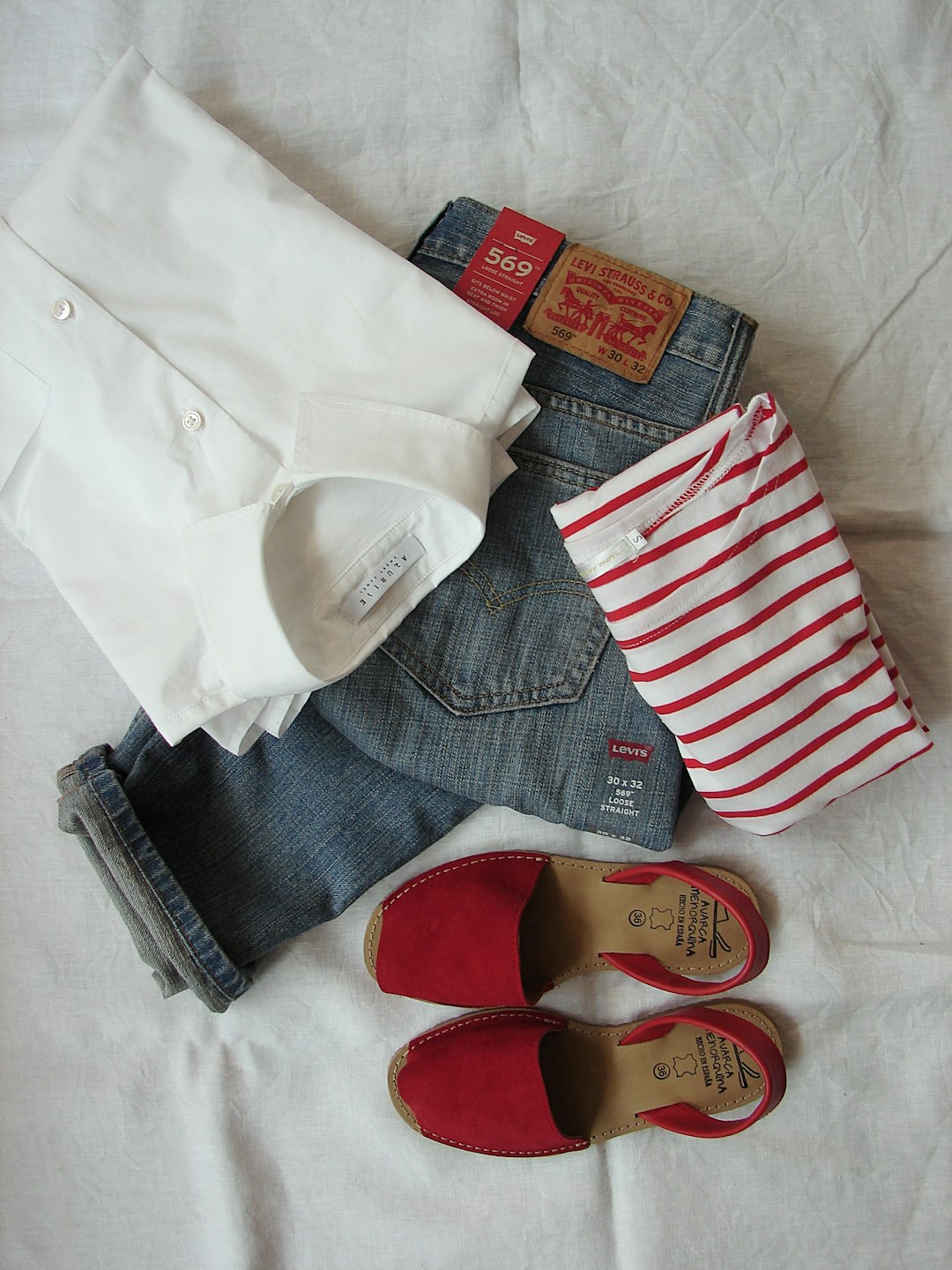
A May 2025 study by CheapAir found that travelers who wore their heaviest shoes and jackets saved an average of 3.2 pounds in their luggage—a smart move as airlines like AirAsia and EasyJet introduce stricter personal item size checks. Social media trends on TikTok and Instagram in early 2025 showed viral “wear your wardrobe” challenges, where influencers layered clothing to avoid excess baggage fees. Outdoor gear companies such as The North Face and Columbia have responded by releasing lighter, packable jackets that still provide warmth, allowing travelers to wear bulk without discomfort. Frequent traveler and YouTuber Sam Kolder shared in a recent video, “My boots never go in the bag—they’re always on my feet at the gate.” Airports in colder destinations, such as Toronto Pearson, now offer coat-check services for transit passengers, a trend expected to grow through 2025.
Pack a Foldable Tote or Daypack for Extra Flexibility
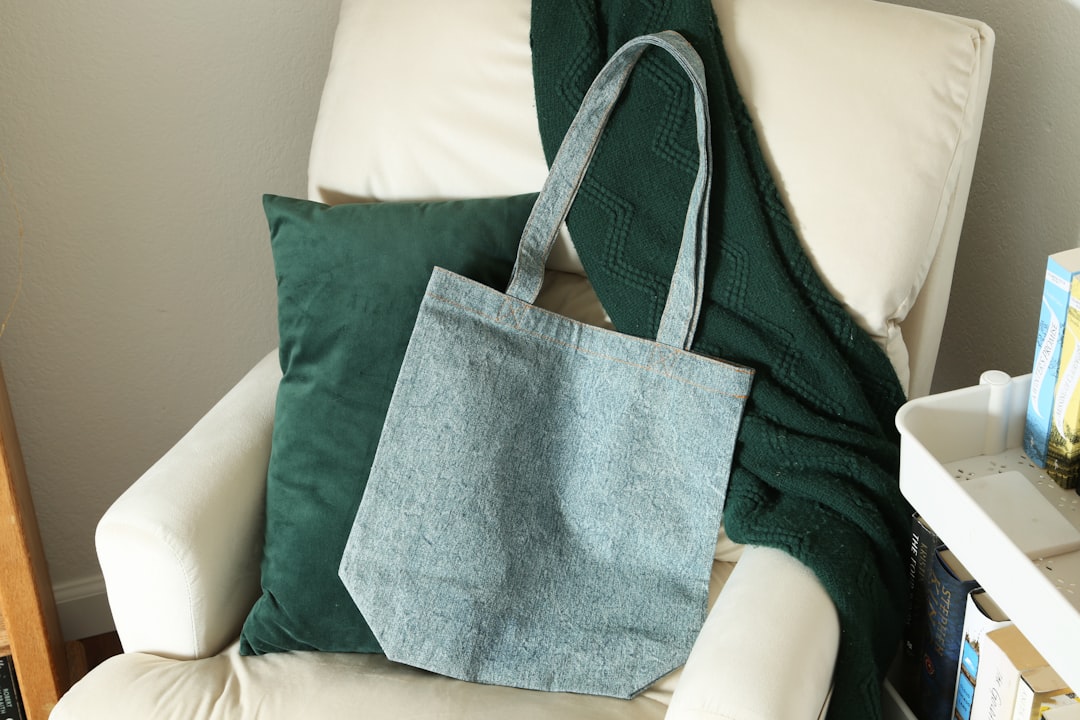
According to a 2024 survey from Lonely Planet, 62% of frequent travelers reported using a foldable tote or daypack for overflow or spontaneous purchases during trips. These bags weigh less than 8 ounces and can be compressed to fit in the palm of your hand, making them ideal for duty-free shopping or beach excursions. Brands like Baggu and Matador have released new models in 2025 with reinforced seams and water-resistant fabrics, addressing common complaints about durability. Frequent traveler Lauren Weisberger tweeted in April 2025, “I never travel without my packable tote—it’s saved me on shopping sprees and sudden rainstorms.” Budget airlines such as Wizz Air and Frontier now allow a personal item plus a small tote, provided it fits under the seat, increasing the utility of this hack. Foldable bags are also popular for separating dirty laundry on the return leg, a tip highlighted in recent Reddit travel forums.





